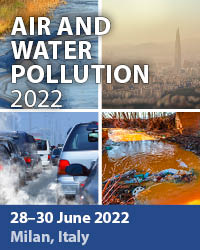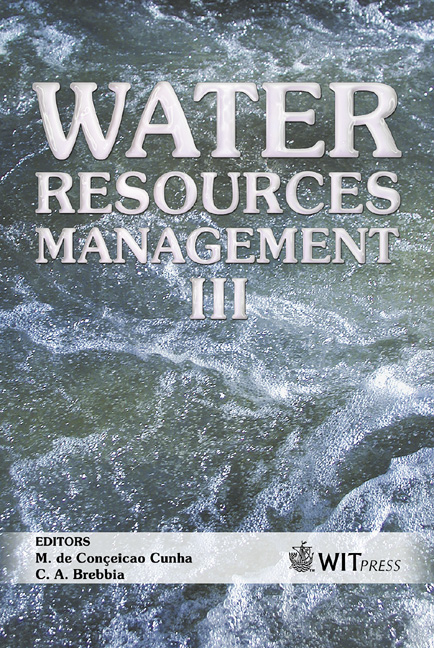By-products Formation During Drinking Water Disinfection In The Distribution System: Kinetics
Price
Free (open access)
Transaction
Volume
80
Pages
10
Published
2005
Size
873 kb
Paper DOI
10.2495/WRM050211
Copyright
WIT Press
Author(s)
S. Garrido & M. G. Fonseca
Abstract
Water chlorination is and will continue to be the most common process for water disinfection. Chlorine reacts to water forming hypochlorous acid, dissociating into hydrogen and the hypochlorite ion, which reacts with the organic matter present and disinfection by-products (DBPs), including trihalomethanes (THMs). This study determined the presence of trihalomethanes (THMs) in water for human use in the North area of Toluca City. The results showed that the THMs present are below the maximum acceptable levels, by Official Mexican Norms (NOM-127-SSA1-1994), 200 µg L-1, and it was observed that when the four types of trihalomethanes are present (chloroform, CHCl3, bromodichloromethane, CHCl2Br, dibromochloromethane, CHBr2Cl and bromoform, CHBr3) the brome species have the highest percentage. Keywords: drinking water, disinfection, trihalomethanes, kinetics. 1 Introduction In Mexico, as in many Latin American countries, water chlorination is a disinfection method that continues to have an important function in the reduction and control of hydric illnesses (Guerra de Macedo [5]). Chlorine, beyond its activity as a disinfectant, presents countless chemical reactions that must be taken into consideration, as they have among their products organochlorated compounds, including trihalomethanes. THMs constitute a group of organic compounds derived from methane (CH4); in its molecule, three atoms of hydrogen have been substituted by the
Keywords
drinking water, disinfection, trihalomethanes, kinetics.





